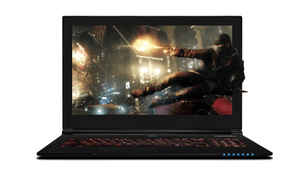
No matter how great your new laptop is, chances are at some point down the line, you will wish that it worked faster. When this happens, instead of spending money on expensive upgrades or a new machine altogether, here are some quick things you can do to improve performance.
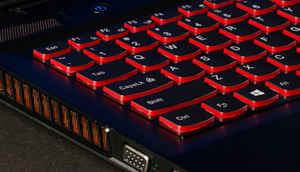
1. Fix heating issues
a. Check laptop vents
Often, an overheated laptop will lead to performance shortcomings. To fix this first ensure that the laptop vents are actually venting air and not clogged up with dust. You will find the vents situated either on the sides of the laptop or below it, or in both places. If there’s not too much dust, just blowing on the vents should suffice. If that’s not enough, simply employ a small brush to clear out the vents.
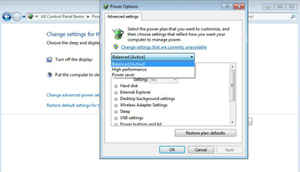
1. Fix heating issues
b. Fiddle with Windows settings
Every Windows machine gives you the ability to customize how intensely the laptop fan works to cool its insides. Head on over to the Control Panel > Power Options, choose any of the pre-existing plans and click on the ‘Change plan settings’ link next to the name. Click on the ‘change advanced power settings’ link and then from the drop-down pick ‘Maximum/High Performance’ option. Although this will adversely affect your laptop’s battery-life, it will also ensure that your fan is always working well to cool down your system.
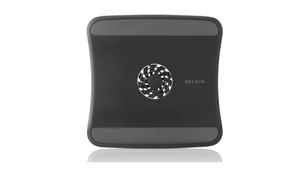
1. Fix heating issues
c. Use a cooling pad
Okay, this is not as quick as the ones above, but it’s quite simple. Cooling pads have their own fans as well and help keep your laptop cool and also make using your laptop a more ergonomic activity. The Belkin F5L055 is a good, affordable option to consider.
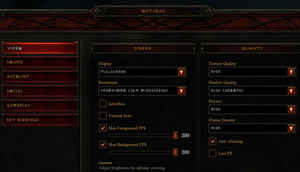
2. Consider dropping the resolution
As blasphemous as it may sound, sometimes, in order to get optimal performance out of any game, you will have to drop the resolution. Instead of fiddling around with the in-game AA, texture quality, Anisotropic Filtering etc. settings, if you just push the game down to a lower resolution, you will immediately notice a performance jump at the expense of some visual fidelity.
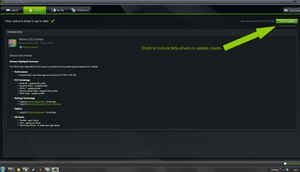
3. Update your graphics card driver
You won’t believe how many lingering issues in games are caused because of outdated graphics drivers. Both Nvidia and AMD release driver updates regularly and every big game release is almost always accompanied by graphics driver updates. Unless you’ve turned notifications off, you will get prompts every time a new graphics driver update is released and we suggest you always keep your drivers tuned to the latest version.
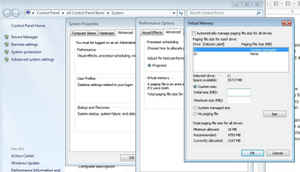
4. Increase page file memory
So, Windows does this clever little trick of utilising part of your hard drive as RAM to store least used/unused running applications. This is called pagefile memory. If you constantly find your laptop running slow because of limited RAM, you can increase your pagefile memory to an optimal amount. While this may not supercharge your machine, it may alleviate certain issues if an acute shortage of system RAM was crippling your laptop.
Right click on My Computer> Properties > Advanced Tab, under Performance, go to Settings> Advanced and under Virtual Memory, click on Change, untick ‘Automatically manage paging file size for all drives’, and select ‘Custom Size’. Ideally the page file memory should give your RAM some breathing room, so pick about 25% of your actual RAM for Initial Size and double that amount for maximum size (for e.g. if your laptop has 4GB RAM, then set initial size to 1GB and maximum size to 2GB).
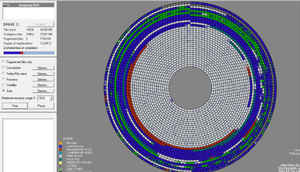
5. Keep your hard drive optimized
So, most laptops only have one hard drive and if that’s the case with you, you should make sure that the partition on which your games are installed is regularly defragmented and scanned for errors. We suggest you defragment that partition at least once a month. If you have two hard drives, then you will definitely see a performance jump if you install the games on the faster hard drive (especially if it’s an SSD).
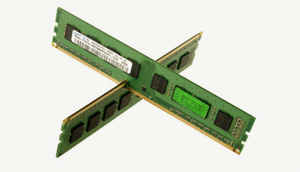
6. Bonus tip: Buy more RAM
Again, this is not so quick or easy, but if you’re desperate for a performance jump then consider doubling your RAM. There’s no two ways about it: a RAM upgrade (say from 4 to 8GB) will give you immediate and recognizable dividends. Just check with your laptop OEM’s service center on available RAM upgrades.